There are several different types of interdental brushes on the market. They vary in cost, ease of use, effectiveness, and bleeding. Read on to learn more about them. Which one is best for you? Which one does not bleed? What should you look for when purchasing one? Below are some tips that can help you choose the best interdental brush for you. These products are effective and easy to use.
Table of Contents
Easy to use
An interdental brush is a tool used to clean between the teeth and the brush should be of the right size for your mouth. If you're not sure which size of interdental brush to use, visit your dentist first. They have the correct equipment to measure your interdental space and can recommend the right brush for your particular needs. If you're unsure of which size to use, you can also ask a dentist for advice and samples.
Floss holders are designed to make flossing easier and faster. The brush itself is a thin wire with an easy-grip handle. Floss picks are handy tools that use a toothpick and floss to remove plaque and food debris from teeth. Some floss holders have reusable handles for people with braces or bridges. Disposable brushes may be less convenient than reusable ones, but they are still very useful and cost only a few dollars.
Interdental picks and brushes have several benefits over traditional floss. Using them consistently is proven to improve the effectiveness of interdental cleaning and lead to a healthier mouth. In a recent randomized controlled clinical trial involving 50 patients with gingivitis, cRBICs had significantly higher levels of compliance compared to floss. In addition to the effectiveness of cRBICs, they are easy to use and offer a variety of benefits to patients.
The main reason to use interdental brushes is because they are much easier to use than floss. Floss is difficult and time-consuming to use and senior citizens tend to ignore the advice of their doctor, which is why the use of interdental brushes is recommended. Interdental brushes also help clean orthodontic devices, which can be difficult to reach with traditional floss. Aside from their benefits, interdental brushes also help prevent gingivitis, a common disease associated with poor oral hygiene.
Easy to maneuver
Interdental brushes are easy to maneuver because they're made with 97 percent biodegradable materials. Bamboo is organically grown, while plastic is made from corn-derived polymers. Bamboo is naturally antibacterial and antifungal. The firm bamboo handle allows for easy maneuvering during use. You can get an 8-pack of bamboo brushes for $5. These tools can help improve oral hygiene for those with dental issues.
Compared to floss, interdental brushes are easier to use. They can easily maneuver around metal wires in braces. Brushes can also help people with large gaps between teeth. Brushes are also easier to use for those who do not enjoy flossing. If you have trouble finding the perfect brush, read these guidelines:
Effective
Interdental brushes are cone-shaped and can help you clean between your teeth effectively. They are particularly useful for people with loose teeth or those who have a history of periodontitis. Interdental brushes are available in varying sizes so you can use them according to the distance between your teeth. It's important to find the right size for you as some are thinner than others. However, whichever brush you choose, you should be able to effectively floss between your teeth and avoid gum disease.
Flossing and interdental brushes can both be effective in reducing plaque, but their effectiveness depends on how you do it. While flossing can reach up to a third of the interdental space, this is insufficient for cleaning around implants. This may be why interdental brushes are preferable to toothpicks when it comes to removing plaque from around implants. Additionally, interdental brushes are more effective at cleaning around implants, which may make them more appropriate in clinical practice.
Low-quality evidence suggests that using an interdental brush and toothbrush together can help reduce gingivitis more effectively than either alone. Studies have reported that interdental brushing reduces gingivitis by 52%. However, the studies included in this review did not measure plaque reduction in between the two methods. Instead, they reported plaque levels at three and one months. The results showed that these two techniques may not reduce gingivitis in all patients.
One of the most popular brands of interdental brushes is TePe. The manufacturer of this dental floss has a variety of different sizes to suit your needs. They are more comfortable to use and easier to maneuver between the teeth. They also last longer, so you can use them to clean the back of your teeth. The brand you choose will depend on how much time you have to devote to flossing. So, you may want to consider purchasing multiple sizes of interdental brushes to ensure that they fit your needs.
Bleeding
If you notice bleeding when you're flossing with an interdental brush, you may have gum disease. Regular brushing is important, but not as effective as flossing can be. The bleeding can be aggravated by improper brushing or interdental cleaning techniques. See your dentist to discuss how to stop bleeding. Brush your teeth twice a day for at least two minutes, using Corsodyl Toothpaste or another brand with extra-soft bristles. Make sure to pay close attention to your gum line and floss to remove plaque from hard-to-reach places.
The interdental brushes should be inserted gently into the spaces between the teeth and the gums. Afterwards, pull them out gently. When using them, remember to rinse well. Occasionally, bleeding may occur when you're flossing with an interdental brush, but it should go away as your gums become healthier. To reduce bleeding, use the interdental brushes once per day in the evening.
If you notice bleeding when flossing with an interdental brush, it's important to see a dentist. Sometimes, this symptom is simply the tissue adjusting to the new technique. In other cases, it could be an indication of a periodontal infection. When you floss correctly, it should stop bleeding after three to ten days. However, it's still important to see a dentist immediately to ensure that it's not a sign of a more serious condition.
If bleeding occurs while flossing, you may be at risk of gum disease. This condition can cause bad breath, swollen gums, and even tooth loss. Bleeding gums are often caused by periodontal disease, a condition where bacteria in the mouth bind to the teeth and form plaque. This bacteria is responsible for the bleeding during flossing. Regardless of the cause, you should always see a dentist as soon as possible if bleeding occurs regularly.
Waterpiks
While dental professionals may disagree on the best way to clean your teeth, many agree that flossing is the most effective way to prevent tooth decay and gum disease. Brushing and flossing regularly are both vital for maintaining a healthy smile, and you may be able to get by with a Waterpik in addition to your normal brushing routine. Regardless of what your dentist recommends, knowing the benefits and risks of using a Waterpik may help you make the change.
The water-powered device is easy to use. Its handle allows for easy manipulation and is particularly useful for those with arthritis or other conditions that make using string floss difficult. The Waterpik also has the advantage of reaching areas that string floss cannot. It can get into even the tightest of spaces between teeth and even reach pockets that develop from gum disease. However, while a Waterpik may be more convenient, it is still important to remember that it costs more than traditional string floss. Waterpiks can run anywhere from $35 to $100.
The Waterpik is an important appliance to have at home for daily dental hygiene. Along with brushing twice a day, it also prevents bad breath. It is also an excellent tool for people who find flossing too difficult. It gently flushes away bacteria that can cause plaque and other dental problems. So, why not try it? Just follow the directions on the Waterpik's packaging.
Although Waterpiks are a great alternative to traditional dental floss, it is not a substitute for brushing your teeth. The pressure generated by pulsating water from the device helps to eliminate plaque and bacteria that can cause gum disease. Even people with braces, dental implants, and other dental prosthodontic treatments may benefit from the tool. But Waterpiks can be more expensive than traditional flossing.

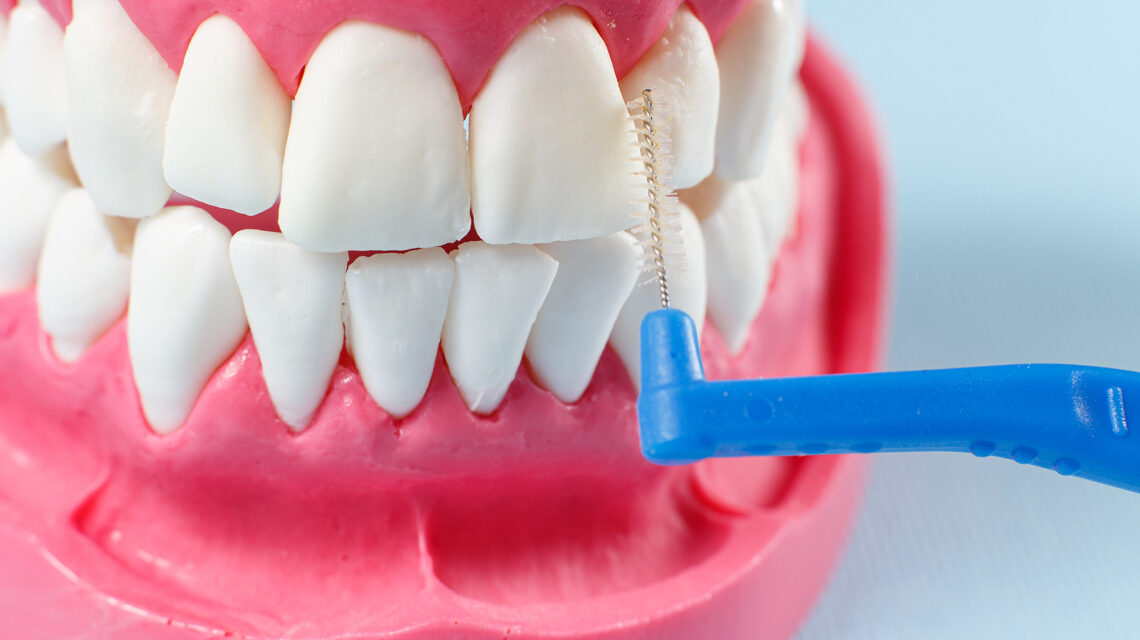

 The Diversity of Mouth Bacteria and the Role of Oral Hygiene
The Diversity of Mouth Bacteria and the Role of Oral Hygiene 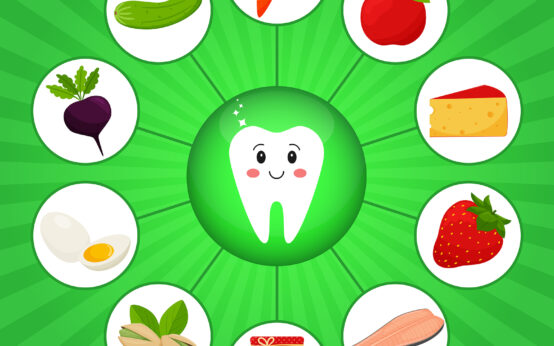 Healthy Teeth and Gums
Healthy Teeth and Gums 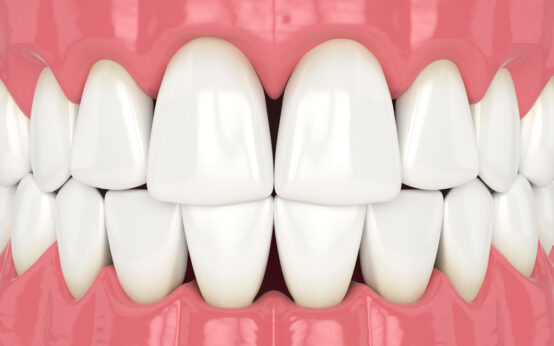 Which is the Best Way to Whiten Teeth at Home?
Which is the Best Way to Whiten Teeth at Home?  Three Approaches to Oral Brushing
Three Approaches to Oral Brushing 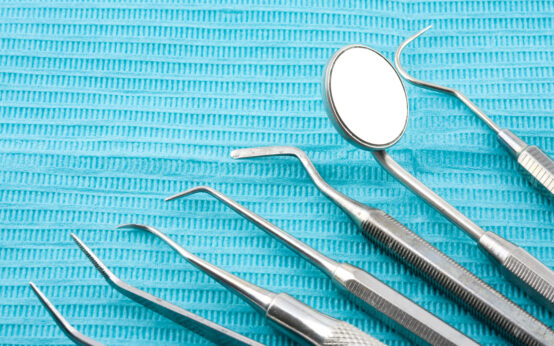 Dentists and Dental Instruments
Dentists and Dental Instruments 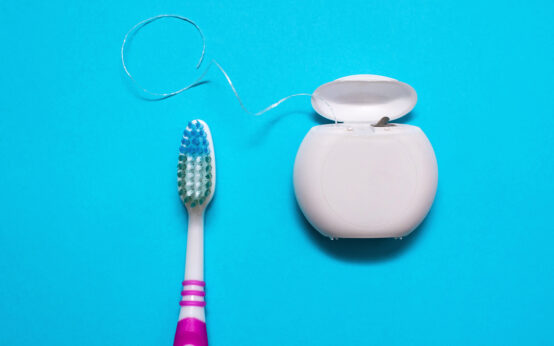 Choosing the Right Dental Floss Brush
Choosing the Right Dental Floss Brush